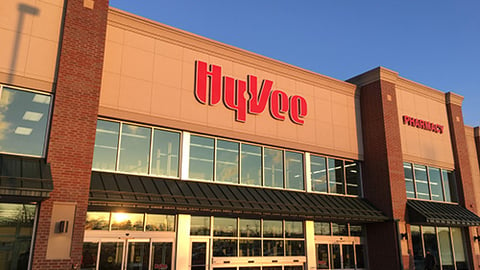Reports Affirm Grocery Theft and Loss Amid Ongoing Pandemic
It’s not the kind of lift you want across your departments.
Some people have taken advantage of smaller staffs, facial coverings, self-checkout and pandemic stock-ups to steal products, leading to an uptick in shoplifting across many retail sectors, including grocery.
According to the National Association of Shoplifting Prevention in Melville, New York, grocers in that area detected a significant increase in shrinkage. A survey released in late 2020 from Business.org revealed an increase in shoplifting, especially among smaller businesses, and a Washington Post article from December confirmed that shoplifting for groceries reached historically high levels. Law enforcement agencies from around the country reported thefts of items like food and cleaning supplies during the height of the health crisis. A review of local news stories regularly turns up headlines about shoplifting rings and arrests.
Although the acute COVID-19 crisis may be abating, several factors that have contributed to the spike in shoplifting continue. Indoor mask mandates continue to be in place in many states. Unemployment has yet to fully rebound compared to the beginning of the pandemic. And loss and shrinkage tied to contactless checkout remain a concern as that method is expected to be a permanent change.
Risk assessments are beneficial in preventing loss and new technologies are available to help food retailers. Checkpoint Systems, Inc., which released a report this week on the rise in shoplifting, points to source tagging as one solution, with visible EAS levels as deterrent.
“For retailers already using EAS systems in-store, source tagging programs are a popular choice as it means EAS labels are efficiently applied in/on packaging at the point of manufacture. This ensures contactless protection for both staff and customers,” the Checkpoint report stated. In addition, tagging can help reduce labor costs and maximize brand integrity with more on-shelf availability, Checkpoint’s pros suggest.
As technologies advance, grocers can look at other ways to stem losses from shoplifting. For instance, while controversial due to concerns about potential bias and difficult at a time of mask-wearing, facial recognition is one option as a deterrent and in identifying serial shoplifters who might be in store. In the U.K., the Co-Op family of retail businesses has added GPS tracker systems to meat packages as a loss prevention measure.






